There are two ways to approach nearly every situation in life: dive in headfirst or get your feet wet before jumping in. This applies to photography, too — in this case, macro photography specifically. Macro photography can be incredibly fun and rewarding. It can also be a challenge. That macro photography poses a challenge probably isn’t the sole factor that keeps most people away, however; it’s more likely to be the perceived high cost of admission along with not knowing if they are up to the challenge. Nobody wants to pour money into something they’re not good at.
Of course there’s a more expensive side to macro photography, particularly when it comes to dedicated macro lenses, which are specially designed for high magnification and enhanced sharpness; but a macro lens isn’t the only path into close up photography. If you want to get your feet wet and not spend a lot of money, extension tubes might be the perfect solution for you.
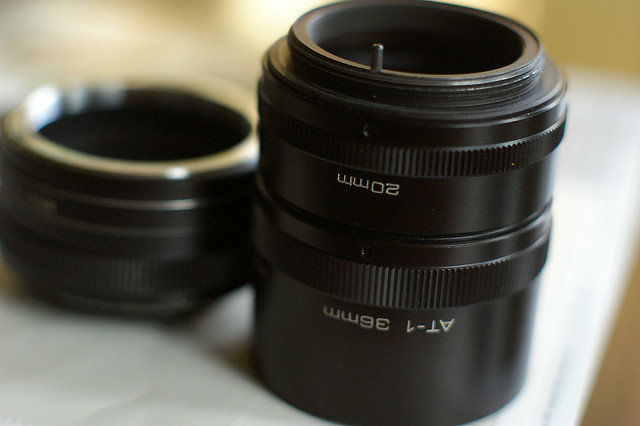
Photo by Jussi
What are Extension Tubes?
An extension tube is a deceptively simple looking apparatus; it is nothing more than a hollow cylinder that is placed between the camera body and a lens in order to create more distance between the camera sensor and the lens. This increased distance allows the lens to focus more closely on a subject and enhances magnification level.
How Do Extension Tubes Work?
Keep in mind that magnification is the key point in macro/close-up photography. A “true” macro image has a magnification ratio of 1:1 (life size) or larger. With an extension tube, the number of magnifications increases as a function of a lens’ intrinsic (or original) magnification, focal length, and extension distance. So if you were to take a 50mm lens with an intrinsic magnification of 0.15x and add to that a 25mm extension tube, you would end up with a magnification of 0.65x, which will produce an image significantly larger than would be made with the 0.15x magnification of the 50mm alone. And while 0.65x isn’t quite true macro magnification it is much closer than you could get without using an extension tube.
One more important item of note is minimum focus distance. Using an extension tube can drastically reduce minimum focus distance, requiring you to be quite close to your subject. The reduction is more significant with shorter/wider focal lengths, and less so with longer lenses.
What Are Your Options for Purchasing Extension Tubes?
Like most other photography accessories, you have the option of acquiring extension tubes made by one of the major camera manufacturers or one of the many second-party manufacturers. The major brand tubes are typically more sturdily built and allow you to use autofocus; second-party tubes don’t usually sport the same build quality and operate only manually. The other important distinguishing factor is price; while extension tubes from Nikon and Canon will cost approximately $140USD, a generic set of three tubes of various lengths can be had for a cool $30USD.
How to Use Extension Tubes?
In all honesty, there really isn’t much of a step-by-step approach for using an extension tube. Attach the tube(s) to your camera, attach your lens to the tube(s), focus, and shoot. The same advice that generally applies to macro photography will also be relevant here.
Depth of field – This is always an issue in macro work; you have likely heard how important it is to maximize depth of field, yet your shots always seem to exhibit a shallow depth of field. That’s just kind of how it is with macro photography, so don’t blame yourself. It’s not you, it’s physics. To get the most out of the depth of field (to bring as much of your subject as possible into sharp focus), try one of the following:
- Set an aperture of f/16; depending on your lens you may be able to go as high as f/22, but beware that nasty image-degrading diffraction. Experiment with your lens to determine at what f-stop diffraction sets in and you’ll know how small of an aperture you can safely set.
- Align the elements of your subject that you want in focus so that they are parallel with the camera’s image sensor.
- Try focus stacking. This technique can increase depth of field by combining (stacking) multiple exposures with different focal points. You’ll have to spend some time with Photoshop, but you may find the results are worth the effort.
- Embrace shallow depth of field. Use it to your advantage — it can give an image a 3D-like quality.
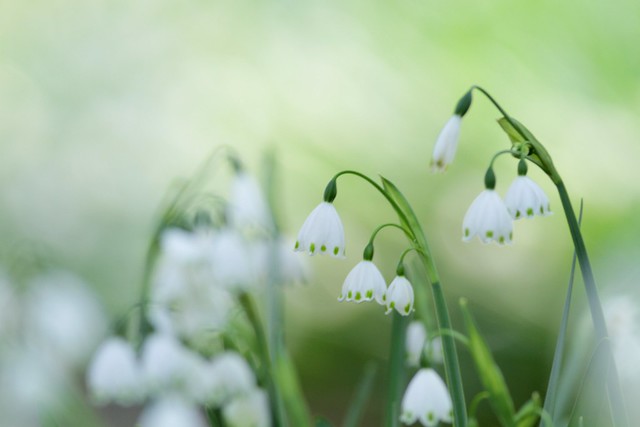
400mm f/5.6 + 12mm extension tube. Photo by Takashi Hososhima
Focus – When doing macro photography, you can’t simply focus on some random part of your subject. The issues related to depth of field and sharpness discussed above make it essential that you not only nail focus (using manual focus), but also focus on the part of your subject that you want to be the primary point of interest. When you take a portrait of a person you focus on the eyes, right? Many of your macro subjects may not have eyes, but you can still think of them as portrait subjects and call to attention their most inviting features.
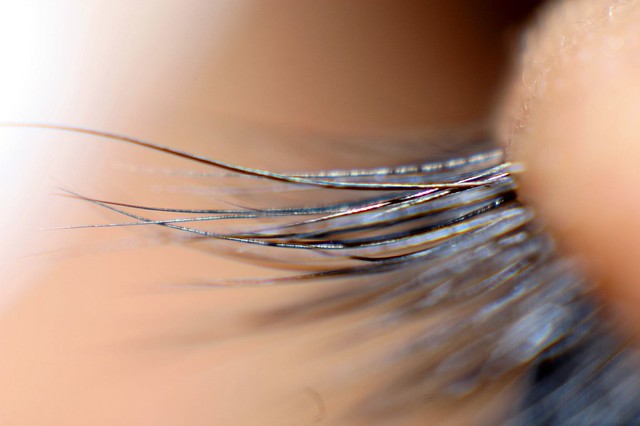
55mm f/2 + 68mm extension tube. Photo by Joey (aka Lens Wide-Open Photography)
Lighting – If there’s not adequate ambient light you will have to resort to using flash. There are photographers who view using flash in the field to be as much of a drag as using a tripod, but sometimes it’s the only answer. Macro photography demands good lighting; after all, you’re typically working with small apertures, fast shutter speeds (this is especially if you’re photographing insects; using flash will also aid in freezing motion), and tiny subjects. So do whatever it takes to properly illuminate your subject, even if that means using a flash.
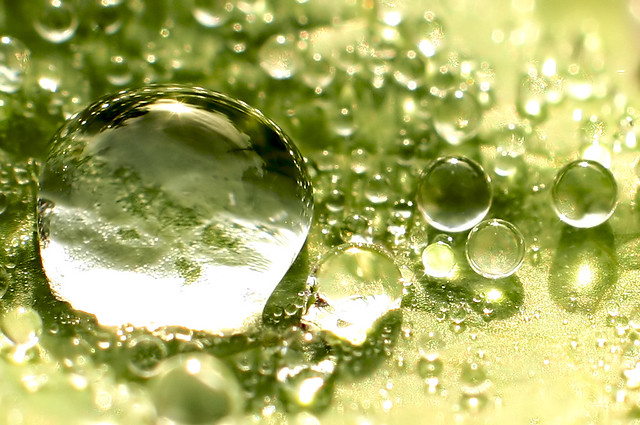
50mm f/1.8 + 52mm extension tube. Photo by Brent 2.0
As you can see, close up photography — something that satisfactorily approximates true macro photography — is not out of anyone’s reach, no matter your budget. Extension tubes represent an opportunity not only to engage in a new genre of photography on the cheap, but you can also use it as a gauge to determine if you want to invest more time and money into this type of photography.

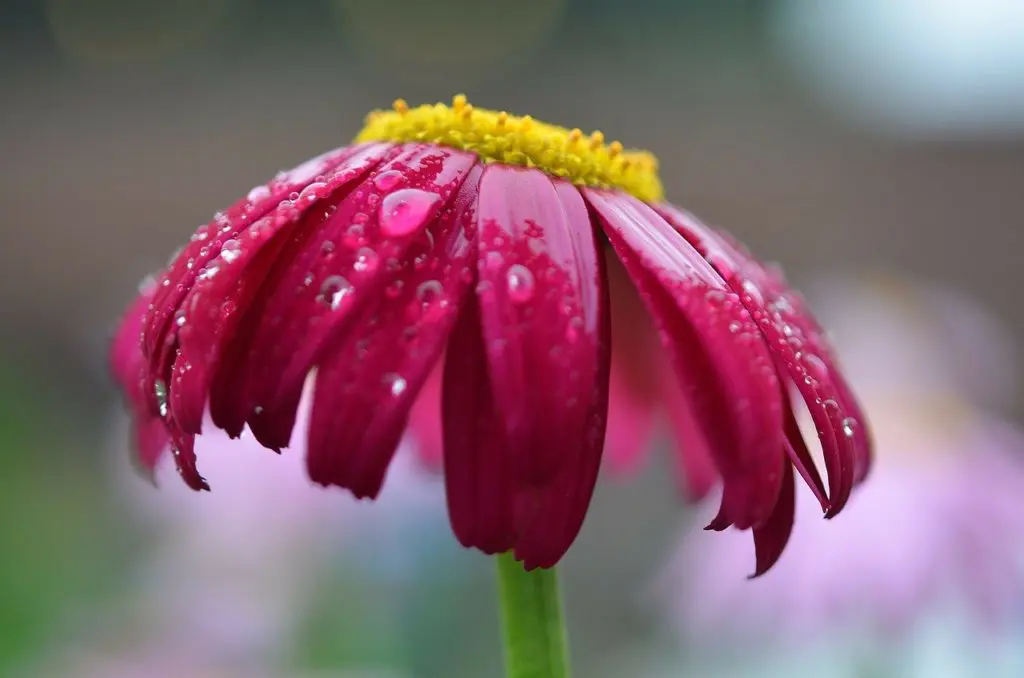
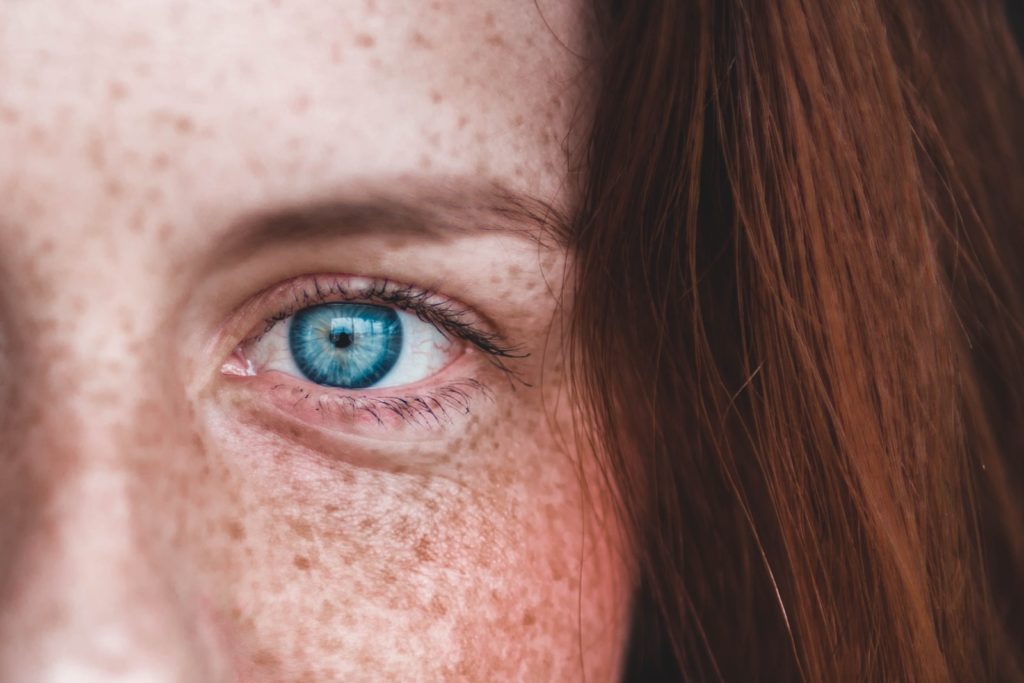
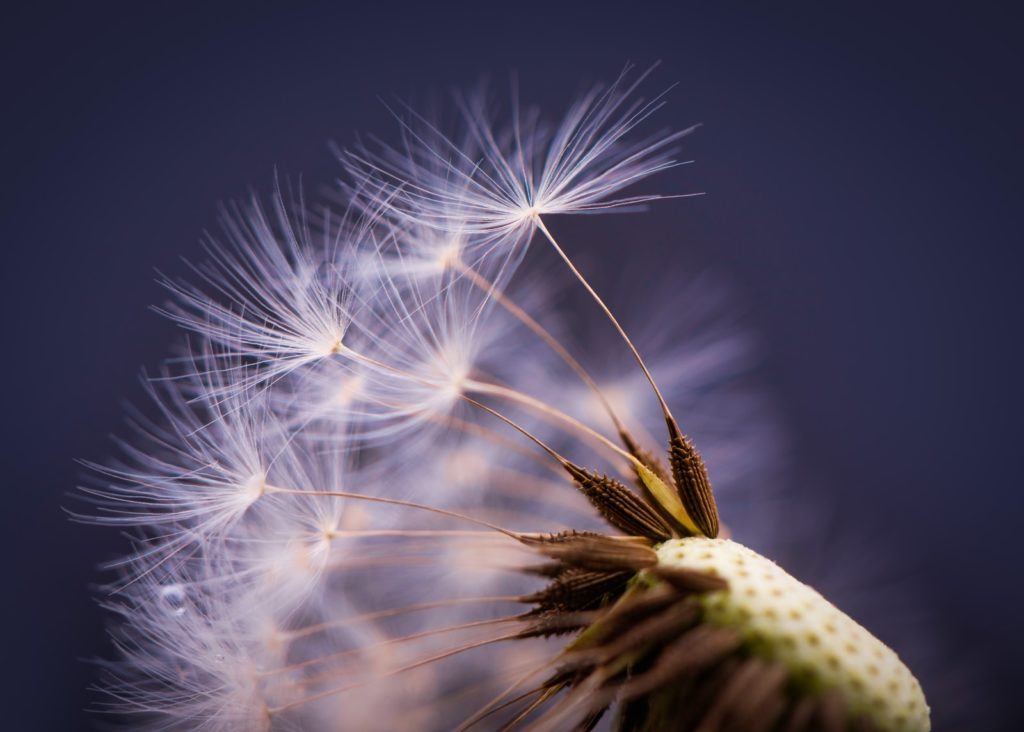
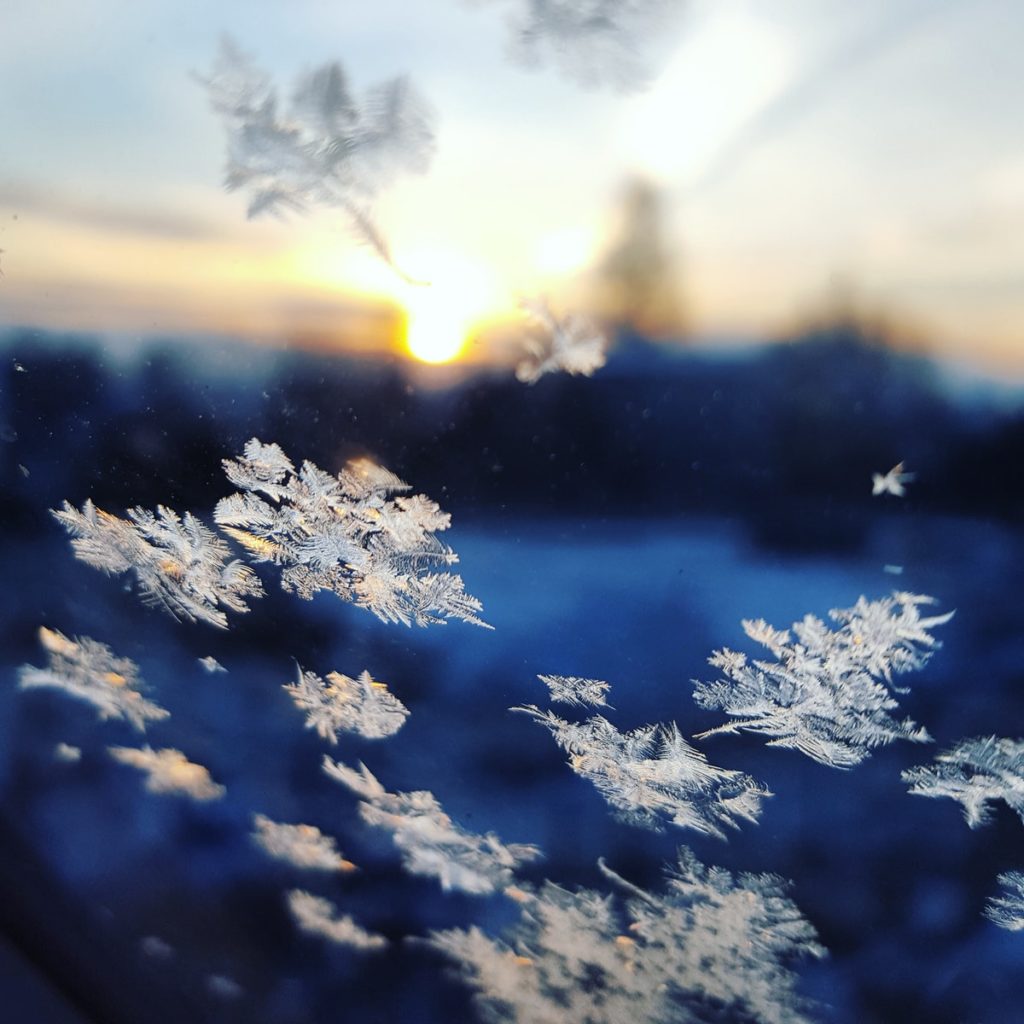
7 Comments
Great close ups! I’ve used extension tubes for years with my old slr. While expensive, I do enjoy being able to have the AF on mine.
Jim
Nice Aerticle on extension tubes. . How do you achieve >1X magnification? Are prime macro lenses able to achieve >1X magnification?
Thanks
I’ve got mine. Mind you I do not use them much.
Although mine are auto focus, I think one is better off controling the focus manually.
You might want to look into the Kickstarter project for “Adaptalux”, a lighting system for macro photography: https://www.kickstarter.com/projects/1447024032/adaptalux-an-adaptable-miniature-lighting-studio
Nice! I have never been able to afford a true macro lens, so all my close-up work is done with extension tubes. Image quality suffers with cetain subjects, but I have made many of my favorite images using tubes!
Can anyone help with the setup here?
I have purchased the below extension tubes to use on my Sony SLT A57. I cant seem to focus or get anything in view once I put the extension tubes and the lens (standard or prime) on it.
Are the below tubes mainly used on lens with an aperture ring on it?
I am aware that there are other extension tubes that have the electrical contacts which might help in auto focus. Should I actually go for these instead?
Cheers..